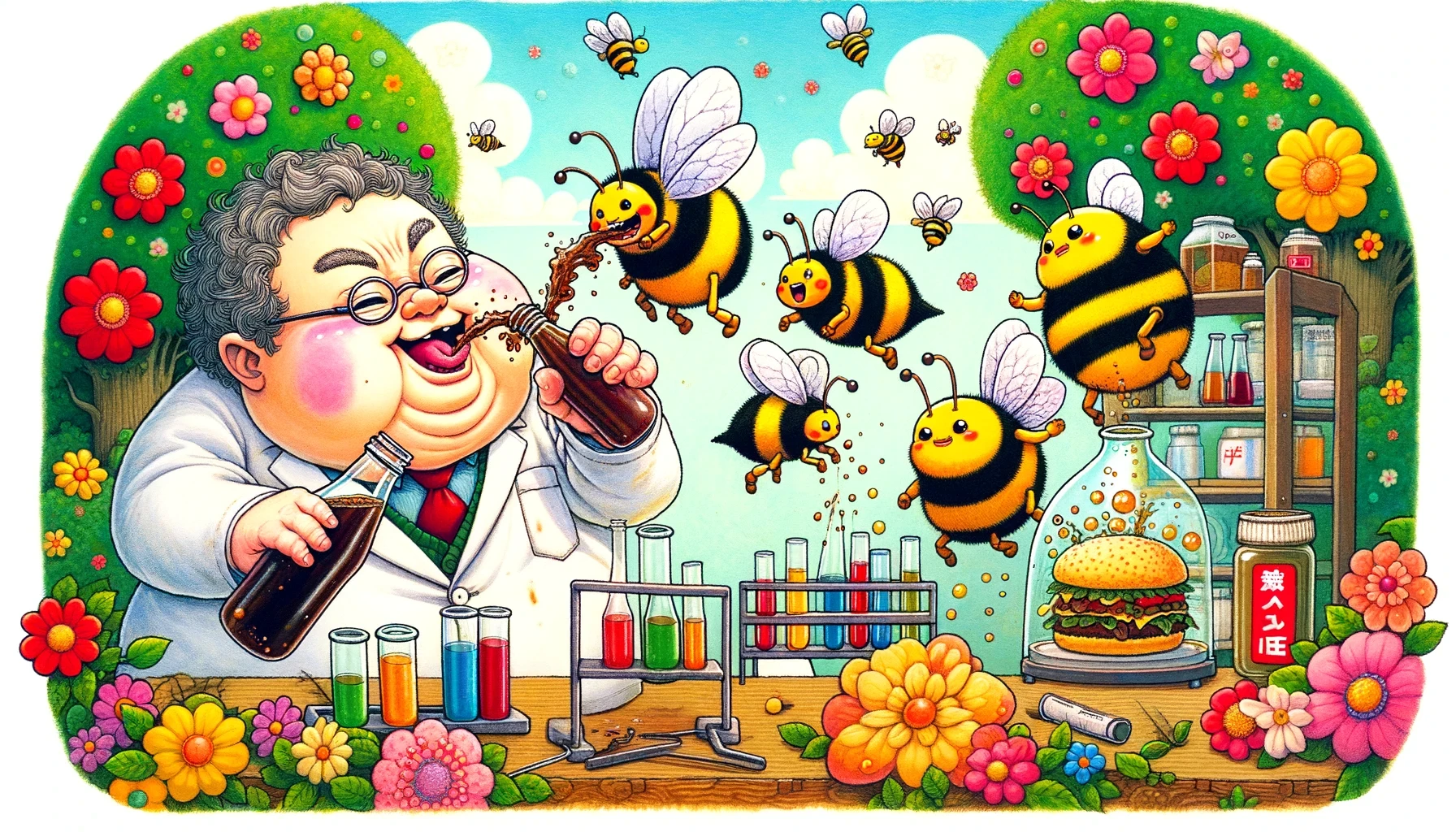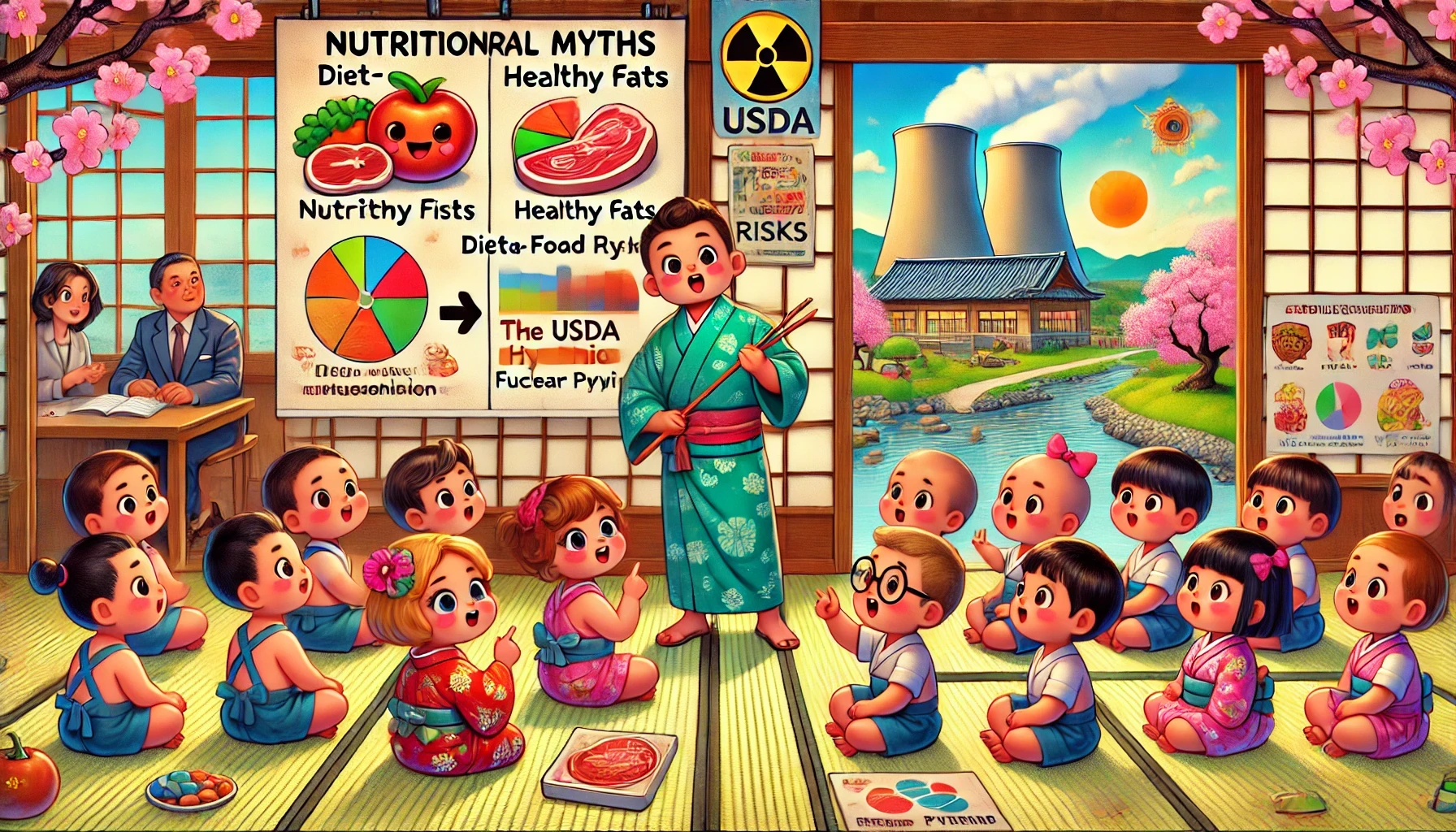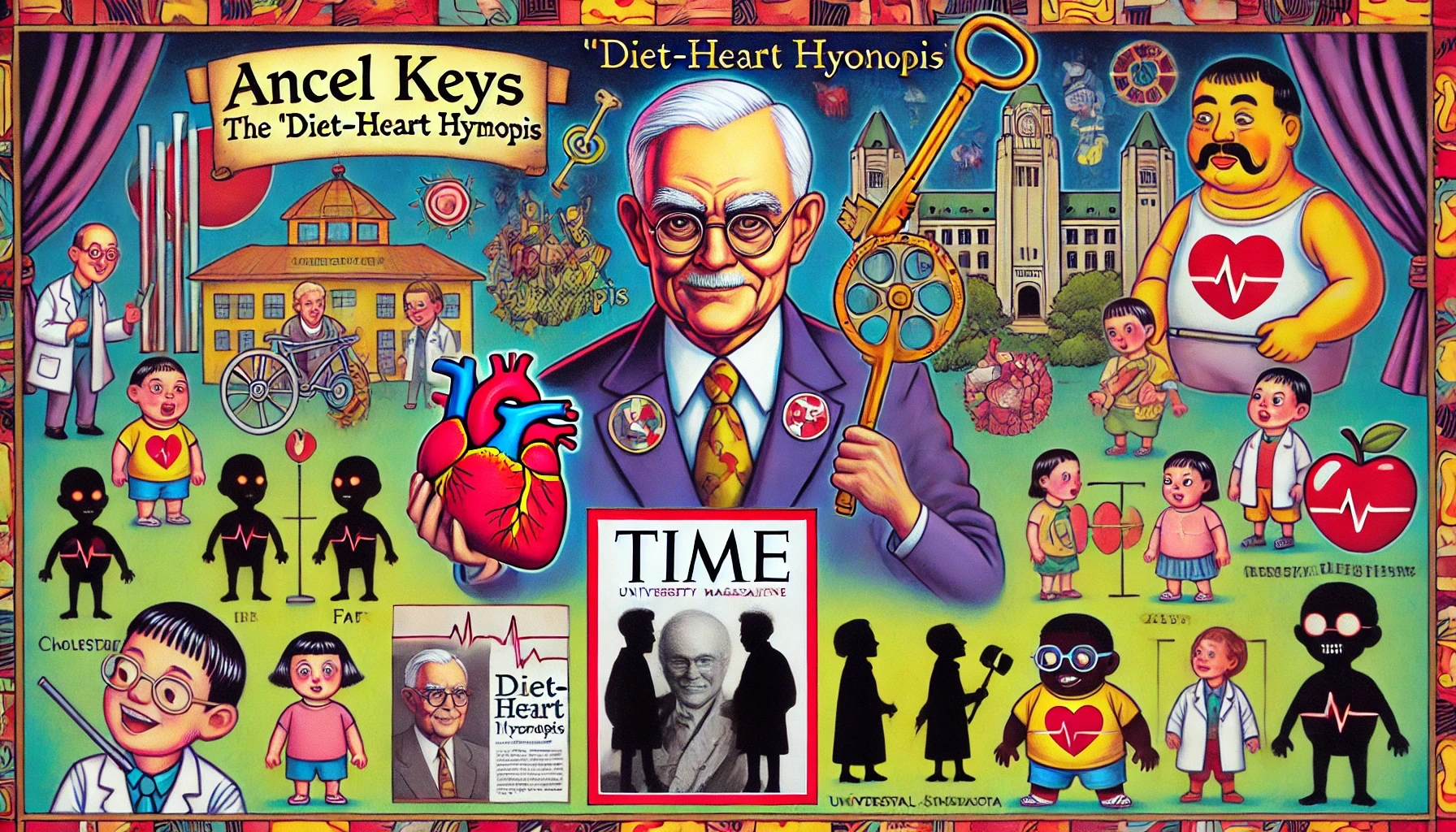ZENPTY.

Honey, Health, and Hype: Unpacking the Science Behind Sweet Remedies
Jul 1, 2024
Our previous discussions covered sugar’s effect on our health, the relationship between honey and weight loss, and honey’s impact on our immune system. Despite the claims in this book, I remain unconvinced about the beneficial effects of honey and sugar. While I am biased towards high-carbohydrate, high-sugar, and high-honey diets—having grown up on the Standard American Diet—I wish all sweet things were as healthy as they are claimed to be. That's why I reviewed 51 scientific papers on this topic. Unfortunately, the evidence doesn't seem strong enough. Contrary to the author's assertions, I don't believe honey is essential for our well-being, and here's why.
Following the same line of argument from the supposed benefits of honey on weight loss and immune response, Dr. Sakitani cites numerous studies to support his points on the positive health effects of honey and sugar:
“The stiffness and pain in [the patient’s] joints disappeared after about a year of taking honey, mainly due to the anti-estrogenic effect of honey. Honey has anti-estrogenic effects by blocking aromatase, which produces estrogen in the body.” 1
“Progesterone is a protective hormone that enhances mitochondrial function and increases sugar energy metabolism. Honey increases the production of this progesterone.” 2
“As mentioned above, carbohydrate restriction causes a decrease in thyroid function, but conversely, sucrose increases thyroid function.” 3
However, these studies have a common flaw: they were all conducted on rats, and human trials showed no effects. Since we cannot draw definitive conclusions from studies on rats, these statements, while not incorrect, are misleading.
Another important finding was the omnipresence of corporate interest. On page 125, Dr. Sakitani stated, “In a clinical experiment in 2019, sugar water and fruits such as bananas suppressed the release of DHA, EPA, arachidonic acid, and other substances in the blood due to lipolysis and their lipid peroxidation reactions due to stress (a 75km bicycle race),” citing this study.
The study examined whether consuming sugar water and bananas during intense cycling could reduce the increase in certain molecules called oxylipins, linked to inflammation and produced from fatty acids during and after exercise. The water-only group showed high levels of oxylipins, while the group that consumed bananas and sugar drinks had significantly lower increases in oxylipins. Thus, the study concluded that consuming carbs while cycling reduced oxylipin production and minimized inflammation after intense exercise. Unsurprisingly, the study was funded by Dole Foods, which might have influenced the research design and publication.
We tend to see things in absolutes, wanting them to be either good or bad. This mindset allows unscrupulous businesses and pseudo-scientists to manipulate our perceptions without considering long-term repercussions. For instance, reducing oxylipins to minimize inflammation might seem beneficial for competitive athletes during race season, but during the off-season, when muscle growth is prioritized, some inflammation may be advantageous. Oxylipins and inflammation are neither inherently good nor bad; their roles are context-dependent.
Returning to the effects of honey and sugar on our health, they are not as clear-cut as we might think. This study suggests that sugars, especially modified fructoses, could protect against damage in conditions associated with oxidative stress, like heart attacks, septic shock, and certain pregnancy complications. However, in the absence of severe medical conditions, chronic consumption of excessive fructose can lead to negative consequences like autoimmune and age-related diseases.
In conclusion, this book has been informative in highlighting various studies reporting the benefits of honey and sugars. Yet most of these studies were conducted in controlled lab environments or with animal models. Human studies remain scarce, with small sample sizes and short durations. Many studies showed signs of conflicting interest. Additionally, the authenticity of the honey we consume is questionable. The New Zealand Herald reported in 2016 that “1700 tons of Manuka honey were made… but 10,000 are sold.” Given the popularity of Manuka honey and adverse weather conditions affecting production, my chance of getting genuine honey instead of high-fructose corn syrup is slim. Considering these factors, I won’t be going out of my way to find a premium jar of honey anytime soon. But if there is new high-quality evidence pointing toward the benefits of honey, I would love to review it for sure.
Source: Unless otherwise noted, all data in this article comes from "The Forefront of Natural Honey Therapy: Prescription for the Post-Total Vaccination Era" by Hiroyuki Sakitani, M.D., and Yoko Arima. All translations from the book are done using Google Translate.
A Carnivore Journey: How Letting Go of Carbs Opened New Doors
Nutritional Myths and Nuclear Risks: The Parallel Stories of Regulatory Capture
Silencing Dissent: How Ancel Keys' Hypothesis Dominated Nutrition Science
Ancel Keys and the Diet-Heart Hypothesis: A Deep Dive into Flawed Science
Unmasking the Villain: Ancel Keys and the War on Saturated Fat
From Eisenhower to Endo: The Evolution of Heart Health Myths






